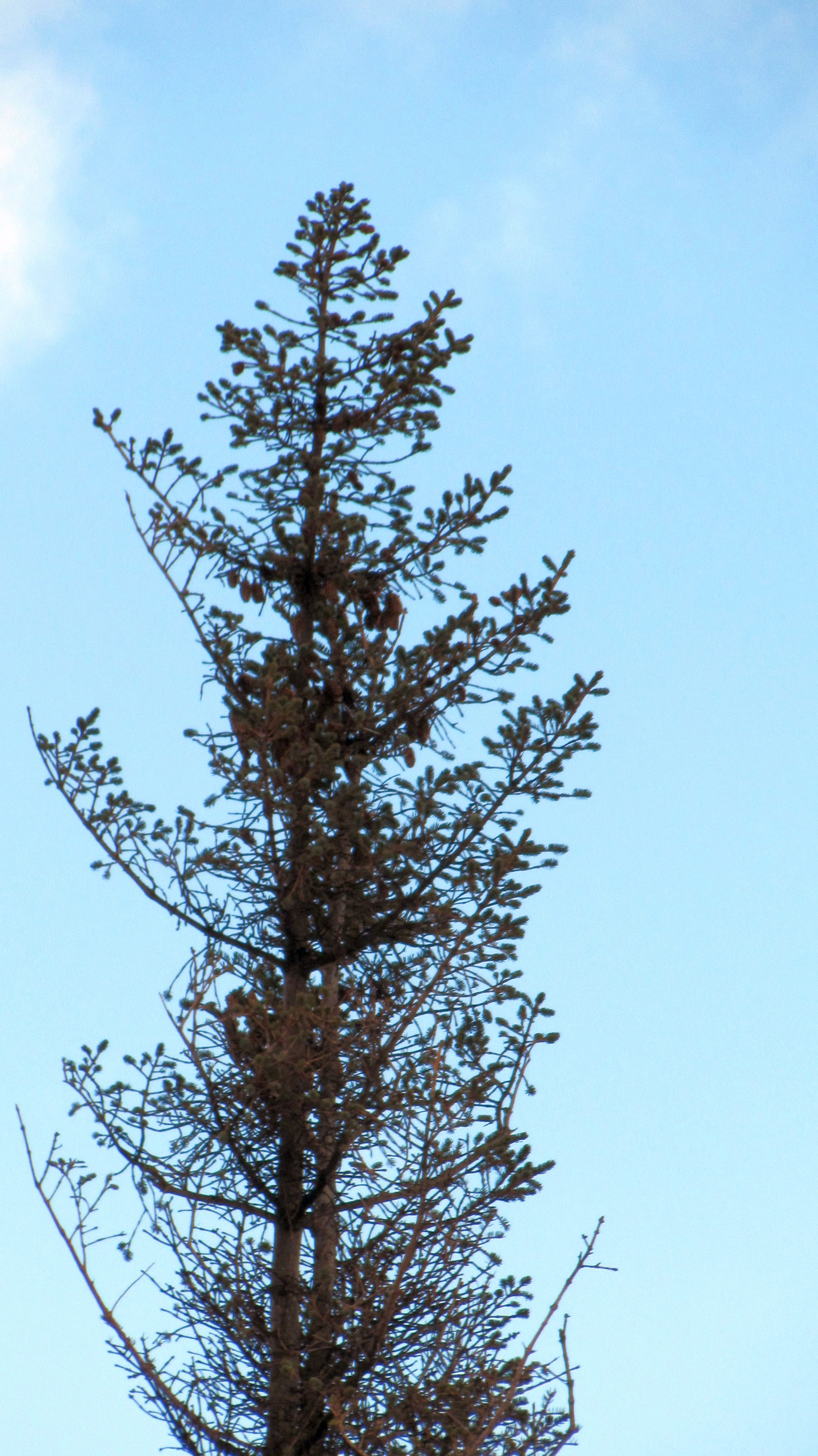As they defoliated Sitka spruce trees in Homer and other areas around Kachemak Bay, spruce aphids have been under the watchful eyes of state, local and federal agencies. Although many trees look like they have lost their needles, aphids spared much of the new foliage that developed last year.
In fact, aphids feed on older spruce needles. This year’s spruce branches are expected to bear new growth, complete with fresh green needles.
Aphid populations are closely tied to the weather. Cold temperatures can limit aphid survival. Because aphids feed in the late fall and early spring, subfreezing temperatures during those time periods are expected to adversely impact aphid populations.
As we know, there have been several days with single-digit temperatures in Homer since last November, not to mention numerous temperatures in the teens.
Whenever an insect infestation strikes forests on the home front, cutting down defoliated trees becomes a widely considered solution.
If this winter has been cold enough to curtail aphid attacks, then cutting recovering trees is unnecessary.
Moreover, improper tree cutting and disposal practices may create a much bigger problem: bark beetle outbreaks.
Aphids were expected to become active again in February, and we may see a decrease in their populations this year. Even if aphid populations decrease, it may take several years of tree growth before last year’s defoliated branches are no longer noticeable.
For more information regarding spruce aphids and other questions about Forestry on your property, contact John Winters, Stewardship Forester for the Alaska Division of Forestry, at 235-7841, or visit the Homer Field office at 2155 Kachemak Drive in Homer.
John Winters is the stewardship forester for the Homer Field Office of the Alaska Division of Forestry.


